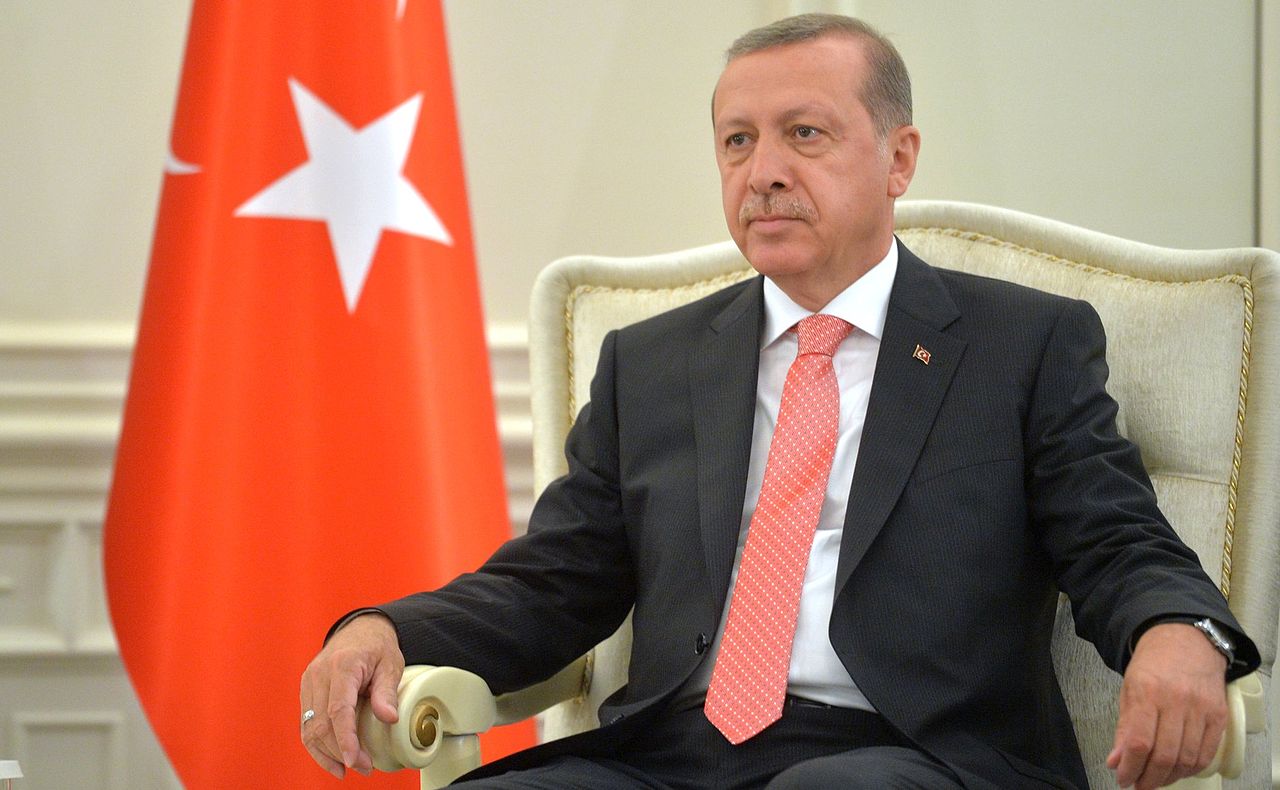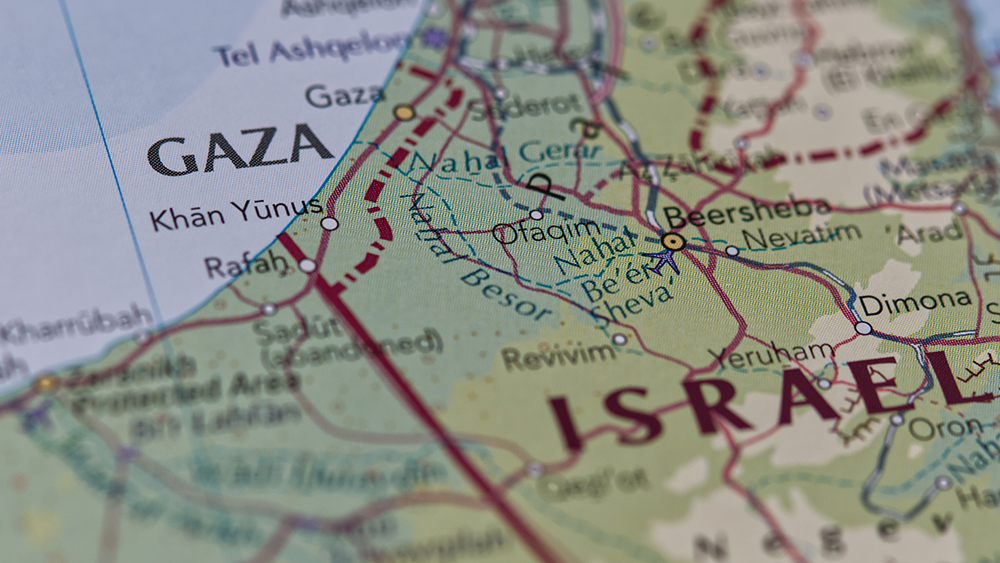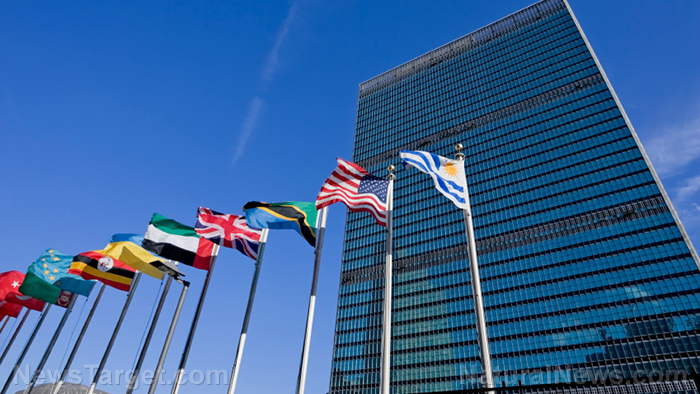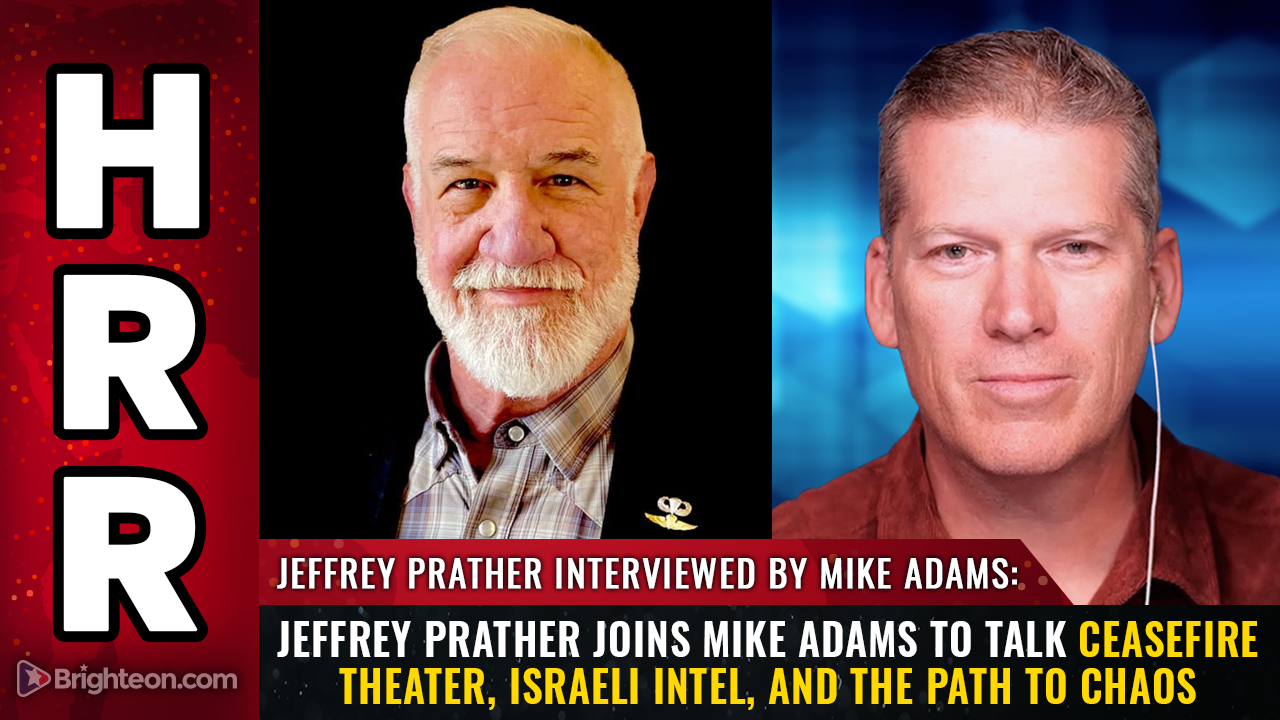 Parler
Parler Gab
Gab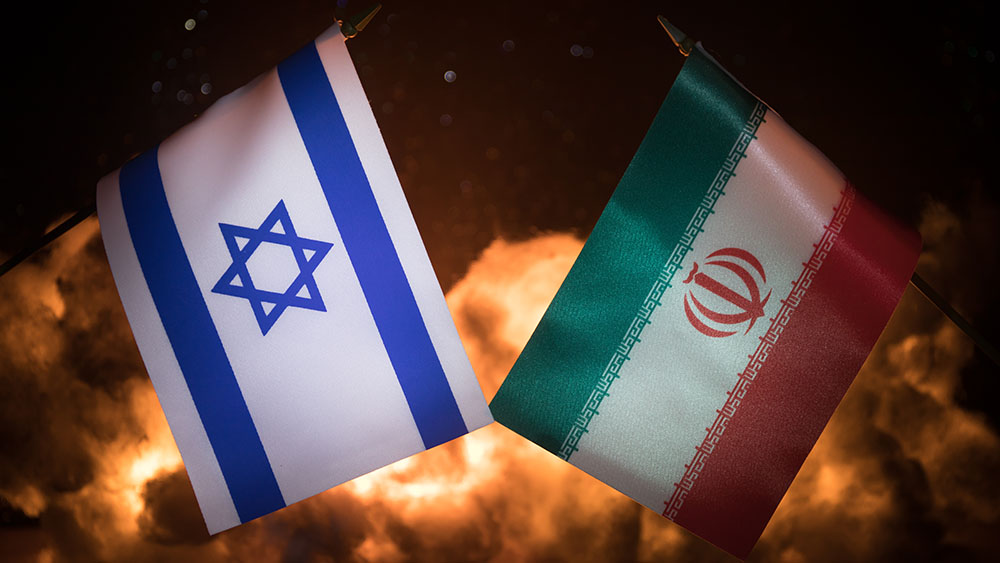
- Israel's military operations against Hezbollah, Hamas and Iran have repeatedly caused excessive civilian casualties and violated international law, with little accountability. Examples include the 2006 Qana massacre (28 civilians killed, including 16 children) and the 2024 Lebanon offensive (492 dead in a single day).
- Israel prioritizes military escalation over diplomatic solutions, as seen in 2013 and 2018 airstrikes on Syria targeting Iranian arms transfers to Hezbollah. These actions risked broader regional conflict while failing to address root causes.
- Attacks often target civilian infrastructure, worsening humanitarian disasters. The 2025 Gaza assault blocked aid, exacerbating famine, while 2024 Lebanon strikes displaced over a million people and destroyed emergency response centers.
- Investigations (e.g., by HRW) refute Israel's justifications for strikes, revealing indiscriminate targeting policies. Claims of "warnings" or "human shields" do not absolve violations of proportionality and distinction under the laws of war.
- Cycles of violence persist, with 2025 strikes on Iran's nuclear facilities further destabilizing the region. Civilian suffering mounts as diplomatic efforts stall, leaving no clear path to peace or accountability.
2006 Qana massacre: Indiscriminate bombing of Lebanese civilians
On July 30, 2006, Israeli airstrikes leveled a residential building in the Lebanese village of Qana. At least 28 civilians, 16 of them children, were killed and 13 others were left missing under the rubble. Survivors and Human Rights Watch (HRW) investigations refuted Israel's initial claims that Hezbollah fighters were present, exposing a pattern of indiscriminate attacks that violated international law. Eyewitnesses described how 63 members of the Shalhoub and Hashim families had sought shelter in the building's basement after Israeli bombings intensified the night before. At dawn, a missile struck the structure, causing it to collapse. Muhammad Shalhoub, a survivor, recounted being thrown outside by the blast, while others suffocated under debris. A second strike minutes later trapped rescuers. Villagers and HRW found no evidence of Hezbollah activity in or near the building. Israel initially asserted it targeted the area due to rocket launches but later admitted it had no such intelligence. The military claimed it mistakenly believed the building was empty, citing evacuation warnings. HRW condemned this justification, noting that warnings do not absolve Israel's obligation to distinguish between civilians and combatants. The attack exemplified a broader campaign. Over 500 Lebanese civilians were killed in the first two weeks of the war, with HRW documenting cases where Israeli forces struck homes, convoys and even Red Cross ambulances without military justification. The Qana bombing sparked global outrage, forcing Israel to briefly halt airstrikes. Though Israel termed the strike a tragic error, HRW and others highlighted its systemic nature, arguing the high civilian toll resulted from reckless targeting policies. Survivors demanded accountability, but none came. Qana joined a grim history of civilian massacres in Lebanon, underscoring the devastating human cost of Israel's military operations and the urgent need for adherence to international law.2013 airstrikes on Syria: Preventing Hezbollah's arms buildup
In May 2013, Israel launched a series of airstrikes targeting Syrian military sites near the capital Damascus, escalating its involvement in Syria's civil war. The attacks aimed to disrupt weapons shipments allegedly bound for Hezbollah, the Iran-backed militant group in Lebanon. Israeli officials justified the strikes as necessary to prevent advanced missiles – including Iranian-made Fateh-110s – from reaching Hezbollah, which could threaten Israeli cities with precision strikes. Reports indicated that Israeli jets struck warehouses and convoys carrying SA-17 anti-aircraft missiles and ballistic missiles, with secondary explosions damaging a suspected chemical weapons research center. While Israel did not publicly claim responsibility, Defense Minister Ehud Barak hinted at the operation, emphasizing Tel Aviv's refusal to allow advanced arms transfers to Hezbollah. U.S. officials confirmed coordination with Israel, with then-U.S. President Barack Obama stating that the Jewish nation had legitimate security concerns. Syria accused Israel of aggression, though former President Bashar Assad's weakened regime avoided direct retaliation. Meanwhile, Iran and Hezbollah condemned the strikes but refrained from military escalation. Experts warned that Syria's instability risked broader conflict, particularly if chemical weapons fell into extremist hands. Israel's Iron Dome and Arrow-2 missile defense systems were deployed as safeguards, though analysts cautioned that Hezbollah's growing arsenal estimated at 150,000 rockets could overwhelm defenses in a full-scale war. The strikes underscored Israel's determination to enforce its "red lines" against Hezbollah's militarization, even as Syria's chaos deepened. While the immediate fallout was contained, the attacks highlighted the volatile regional stakes, with Israel prioritizing preemptive action over diplomatic restraint.2018 airstrikes on Syria: Targeting Iranian influence
In April 2018, Israel conducted a series of airstrikes against Iranian-linked targets in Syria, escalating tensions in the region. The most notable attack occurred on April 9, when Israeli F-15 jets fired missiles from Lebanese airspace at the T-4 (Tiyas) airbase in Homs province, killing 14 people, including seven Iranian military personnel. Among the dead was Col. Mehdi Dehghan Yazdeli, a commander in Iran's Islamic Revolutionary Guard Corps (IRGC) drone unit. The strike targeted Iran’s unmanned aerial vehicle (UAV) operations, which had been increasingly active near Israel's borders. The attack followed an incident in February 2018 when an Iranian drone breached Israeli airspace, prompting Israel to retaliate by striking the T-4 base. Iranian drones, including the Shahed-129 and Saegheh models, were stationed at T-4. The drone deployments provided Tehran with surveillance and strike capabilities close to Israeli territory. Meanwhile, Tel Aviv viewed Iran's expanding military presence in Syria as an existential threat and sought to disrupt its operations. Syrian and Russian officials initially claimed their air defenses intercepted most of the missiles, though evidence suggested otherwise. The U.S. denied involvement, while Iran condemned the attack but offered no immediate retaliation. However, Tehran hinted at future responses, raising concerns about further escalation. Days later, on April 16 to 17, reports emerged of another Israeli strike targeting Shayrat and Al Dumair airbases. Syrian state media initially claimed air defenses repelled the attack before retracting the story, suggesting it may have been a false alarm or an electronic warfare operation. Israel maintained its policy of ambiguity, neither confirming nor denying the strikes. The broader context included a U.S.-led missile strike on Syria in response to a chemical attack in Douma, which further destabilized the region. Israel capitalized on the chaos to weaken Iran's foothold in Syria, demonstrating its ability to strike with precision. However, the risk of entanglement between multiple actors – Israel, Iran, Russia and the U.S. – remained high, with potential for unintended conflict. These operations underscored Israel's determination to counter Iranian influence in Syria, even as regional dynamics grew increasingly volatile. The strikes highlighted the fragility of the situation, where any miscalculation could trigger a wider confrontation. For Israel, the campaign was a necessary defense against a growing threat. But for Iran and its allies, it was an act of aggression demanding a response. The cycle of strikes and counterstrikes left Syria's future and regional stability hanging in the balance.2024 offensive against Hezbollah: Lebanon embroiled in humanitarian crisis
Israel's military launched a devastating series of airstrikes across Lebanon in 2024, targeting Hezbollah strongholds. The strikes also escalated a conflict that has killed thousands, displaced over a million civilians and raised fears of a regional war. The strikes, described as some of the deadliest since Lebanon's civil war, killed at least 492 people in a single day. Casualties include 35 children and 58 women, with over 1,600 wounded. Entire towns were emptied as families fled northward, clogging highways in a desperate exodus. Israeli Prime Minister Benjamin Netanyahu framed the offensive as a necessary campaign against Hezbollah, accusing the group of using civilians as shields. Yet the bombardment extended beyond militant infrastructure, hitting municipal buildings, emergency response centers and residential neighborhoods. In Nabatieh, an airstrike destroyed the town hall, killing 16, including the mayor. Meanwhile in Baalbek, a civil defense center was leveled, leaving 13 first responders dead. Rescue teams dug through rubble for missing volunteers, as Lebanon's health ministry condemned the attacks as deliberate strikes on humanitarian workers. The conflict, ignited after Hamas' October 7 attack on Israel, has seen Hezbollah fire rockets in solidarity with Gaza. Israel retaliated with a relentless air campaign, dismantling Hezbollah's weapons depots and assassinating key leaders. Israeli Defense Minister Yoav Gallant declared the operation a “significant peak,” vowing to continue until displaced Israelis could safely return home. Meanwhile, Hezbollah retaliated with barrages into northern Israel, where tens of thousands remain evacuated. Diplomatic efforts to halt the violence have stalled. The U.S. proposed a ceasefire deal involving Lebanese army deployment along the border, but disputes over monitoring mechanisms and Israel's demand for unilateral strike rights have stalled progress. Iran, Hezbollah's backer, warned Israel sought to provoke a wider war, while the G7 expressed alarm over escalating instability. With over 3,500 dead in Lebanon and nearly 50,000 Palestinian casualties in Gaza, the humanitarian toll is staggering. The U.N. Security Council pushed for an immediate ceasefire, but with Israel's munitions dwindling and Hezbollah refusing to disarm, the path to peace remains fraught. As bombs continue to fall, civilians on both sides pay the price of a conflict with no end in sight.2025 assault on Gaza: Aid blocked, ceasefire shattered
Israel launched extensive air strikes across Gaza in its first major attack since a two-month cease-fire with Hamas collapsed, killing over 400 people and injuring hundreds more, according to Gaza's health ministry. The strikes targeted northern, central and southern Gaza within hours, with Israel's prime minister justifying the assault as a response to stalled negotiations, vowing to escalate military action. Hamas accused Israel of breaking the cease-fire and endangering hostages, with the group subsequently demanding full implementation of the original truce. The White House confirmed Israel had consulted the U.S. before the attacks, with officials blaming Hamas for refusing to extend the cease-fire. Mediators Egypt and Qatar condemned the strikes, while Saudi Arabia called for an immediate halt to hostilities and civilian protection. The renewed violence exacerbates Gaza's humanitarian catastrophe. The WHO reported that hospitals, already reduced to “shells” after 19 months of war, lack basic supplies to treat the wounded. Despite Israeli claims of aid diversion, UN agencies insist relief operations are rigorously monitored, with 9,000 truckloads of food, medicine and essentials stranded at Gaza's borders. OCHA spokesperson Jens Laerke condemned Israel's blockade as “insane,” warning that restricting aid “makes starvation a bargaining chip.” Malnutrition and famine loom, with over 570,000 Gazans facing acute hunger. The UN's top aid official described the crisis as a “21st-century atrocity,” while rights chief Volker Türk accused Israel of actions “tantamount to ethnic cleansing” for targeting hospitals and blocking aid. Further bloodshed erupted as Israeli drones struck civilians waiting for food at aid distribution points, killing at least 52 people in a single day. The controversial U.S.-backed Gaza Humanitarian Foundation (GHF) faced UN criticism for its flawed aid model, with UNRWA chief Philippe Lazzarini condemning the “Hunger Games”-like chaos. A near-total communications blackout severed lifelines for emergency services and humanitarian coordination. Meanwhile, the UN General Assembly passed a resolution demanding an unconditional cease-fire, with surprising support from Germany and Ukraine, amplifying global pressure on Israel. While non-binding, the vote underscored widespread condemnation of Israel's actions and calls for accountability under international law. As negotiations remain deadlocked, experts warn of a grim return to the pre-war status quo, with no viable governance solution in sight. With over 53,000 Palestinians killed since October 2023 and thousands more at risk, the world faces a moral imperative to act – not only to halt the violence, but also to address the systemic injustices perpetuating Gaza's suffering.2025 Iran escalation: Military and nuclear facilities targeted
Israel has intensified its military campaign against Iran, launching a series of strikes targeting nuclear facilities, missile launchers and elite military units in a multi-day offensive aimed at degrading Tehran's military capabilities. The operation, which began with covert Mossad missions and expanded into large-scale airstrikes, has significantly reduced Iran's ballistic missile arsenal while provoking retaliatory attacks on Israeli cities. According to Israeli security sources, Mossad operatives infiltrated Iran to sabotage air defense systems and deploy explosive drones ahead of the main assault. The strikes, carried out by over 200 warplanes, hit nuclear sites, missile factories and Revolutionary Guard command centers, killing high-ranking officers and scientists. Israel claims to have destroyed a third of Iran's ballistic missile launchers, crippling Tehran's ability to retaliate effectively. Iran responded with drone and missile barrages, though Israeli defenses intercepted most. Civilian casualties mounted on both sides, with eight Israelis killed and hundreds injured, while Iranian state media reported over 200 dead and widespread disruptions in Tehran. Israel's bombardment extended beyond military targets, striking Iran's state broadcaster and triggering mass evacuations in the capital. Netanyahu framed the offensive as a preemptive move against Iran's nuclear ambitions, declaring that Israel's actions could “end the conflict” and even destabilize Tehran's regime. Meanwhile, Iran suspended nuclear talks and vowed harsh retaliation, though its diminished missile stockpile raises questions about its capacity to escalate further. The conflict has drawn global concern, with the U.S. and G7 urging de-escalation. Yet Israel’s campaign reflects a long-term strategy to neutralize Iran as a regional threat, leveraging intelligence superiority and military precision. As strikes continue, the risk of broader war looms, with civilians caught in the crossfire and regional stability hanging in the balance. Head over to WWIII.news for more similar stories. Watch this video about Iran's retaliation against Israel's kinetic attacks, featuring a missile storm on Tel Aviv. This video is from the Failure Of Fear channel on Brighteon.com. Sources include: Brighteon.ai Brighteon.comMaersk to cut ties with companies linked to illegal Israeli settlements
By Laura Harris // Share
By Lance D Johnson // Share
Bannon’s bombshell: Fox News faces scrutiny over alleged ties to foreign influence
By Belle Carter // Share
Trump’s evolving Middle East policy: Peace deal collapses hours after announcement
By Finn Heartley // Share
Governments continue to obscure COVID-19 vaccine data amid rising concerns over excess deaths
By patricklewis // Share
Tech giant Microsoft backs EXTINCTION with its support of carbon capture programs
By ramontomeydw // Share
Germany to resume arms exports to Israel despite repeated ceasefire violations
By isabelle // Share
